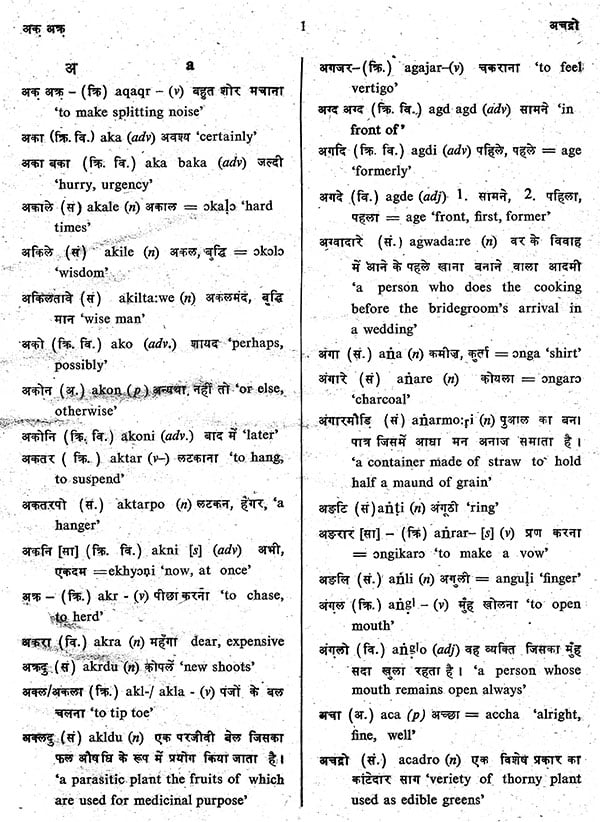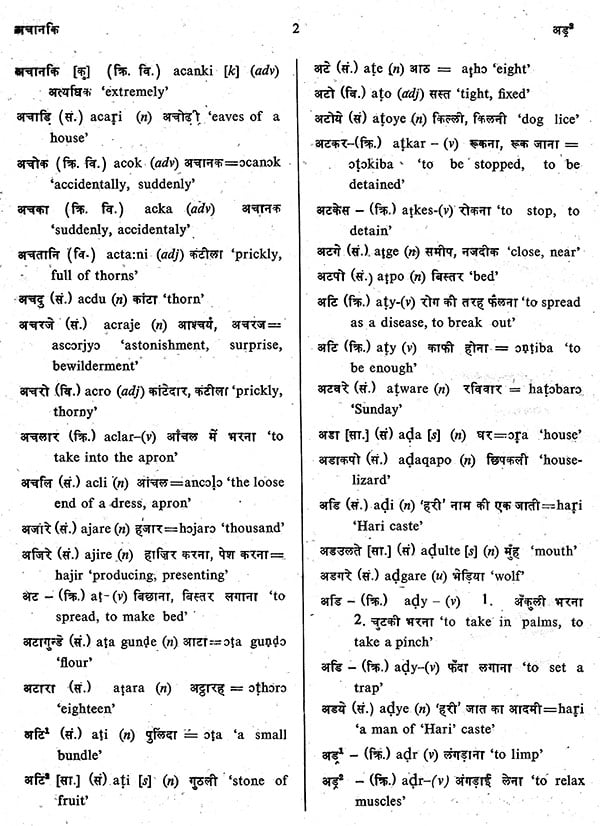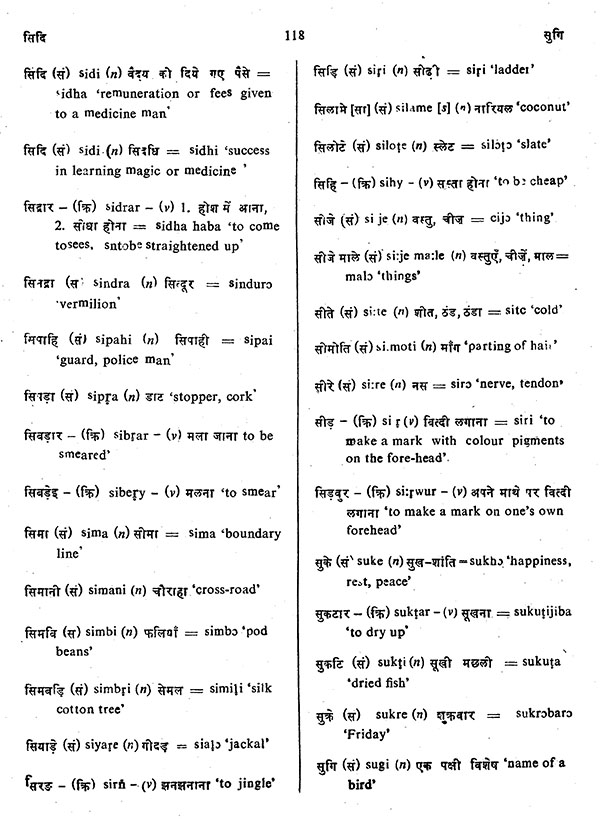
Malto-Hindi-English Dictionary (An Old and Rare Book)
Book Specification
| Item Code: | NAX391 |
| Author: | B.P. Mahapatra |
| Publisher: | Central Institute Of Indian Languages, Mysore |
| Language: | Malto Hindi English |
| Edition: | 1987 |
| Pages: | 122 |
| Cover: | PAPERBACK |
| Other Details | 10.00 X 7.00 inch |
| Weight | 230 gm |
Book Description
The tribals have significant contribution to Indian life. This is not always recognised by scholars and planners. The tribals are neither on the periphery of Indian society nor arethey outside the Indian psyche. Publication of dictionaries such as the Malto-Hindi-English will go a long way in dispelling notions that tribal languages are limited. That tribal Janguages have contributed to the building up of vocabularies of major Indian languages can also be seen from the many commonalities found between Malto and Oriya on the one hand and Malto and Hindi on the other.
The tribal societies are being changed due to external pressure. Publications such as this would go a long way in focusing the dying culture, help maintain the language if the speakers so desire and help integrate them with the mainstream.
The Central Institute of Indian Languages which has a major programme of study in tribal languages in all their psycho-social relations has already published Malto: An Ethno- semantic Study by Dr. B. P. Mahapatra. It isa credit to both the CIIL and the Office of the Registrar-General that the cc-operation and collaboration continues even after Dr. Mahapatra left the Institute and took over the onerous task of looking after the Language Division of the Office of the Registrar General. I hope that this publication would help establish bi-directional communication among the tribal and non-tribal communities of the area.
Some of the linguistic problems have been pointed out by Dr. Mahapatra in his preface. Some of the problems of phonemic-graphemic correspondence arise because of carrying over of the phonetic values given to these graphemes by languages which already use them. Ihave no doubt that given time the new values attributed to these letters will take root and given co-operation by users and scholars thiags will be sorted out.
Dr. Mahapatra deserves commendaticn for producing this meticulous work. Ialso put on record our appreciation for those who are responsible for the publication of this work.









